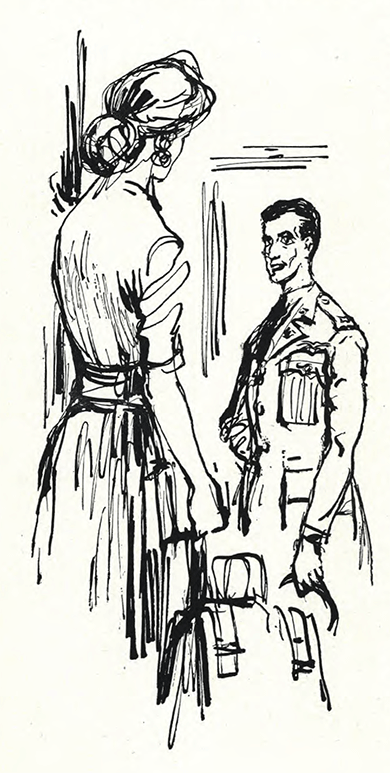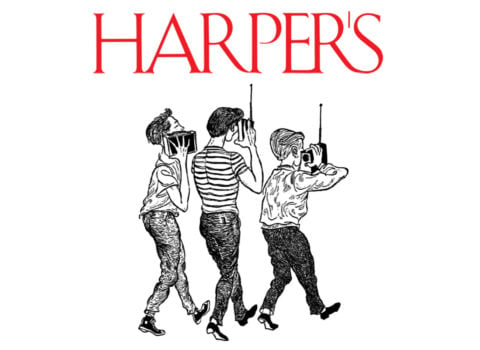Mary McCarthy’s “Artists in Uniform” (1953)
“He actually said these awful things. But the story is McCarthy’s arrangement of the colonel’s utterance of the words and of her changing perception of their meaning.”
“Artists in Uniform” originally appeared in the March 1953 issue of Harper’s Magazine as “Artists in Uniform: A Story by Mary McCarthy.” Almost a year later, in the February 1954 edition of the magazine, McCarthy, a novelist and essayist today remembered best for her Memoirs of a Catholic Schoolgirl, published an addendum. An essay of its own, actually, called “Settling the Colonel’s Hash.” In it she addresses the questions sent to her by readers about “the chief moral or meaning” of the original piece, in which McCarthy describes her encounter with an anti-Semitic colonel and the lunch at which he orders hash. The hash, she explains, is not a symbol of anything; it’s what the colonel ordered. And there are nuns in the piece because there were nuns on the train she shared with the colonel, and the “Mary McCarthy” in the story is depicted as wearing a green dress because McCarthy wore a green dress. That is all.
That’s true only if there’s no deeper level to our experience of the world than what you see. But “Artists in Uniform,” a study of perception and its faults, suggests otherwise. McCarthy repeatedly emphasizes the colonel’s “hawklike” face, first as expressive of his cruel manner, then as a contrast to the dull limits of his understanding.
Meanwhile, she worries that he’ll see her green dress as a symbol of bohemianism that will undermine the cool reason of her case against anti-Semitism. She then frets that her alleged bohemianism does, in fact, undermine her cool reason. She works herself up to a theological fervor in her arguments with the colonel only to collapse into confused disbelief. What if the colonel’s anti-Semitism isn’t a matter of “religion”? What if her “anti-anti-Semitism” is its own kind of religious conviction?
Asking these questions, and answering them in the form of a story in which “the chief interest,” she later wrote, “lay in the fact that it happened,” goes to the essence of the fiction of literary nonfiction. “Fiction,” after all, means “to arrange.” McCarthy takes the facts of her encounter and arranges them. She does not make them up. She did wear a green dress. But she tells us about this dress, and then tells us again, shows it to us through her eyes and through her imagination of the colonel’s perception. Likewise the colonel’s ideas about Jews. He actually said these awful things. But the story is McCarthy’s arrangement of the colonel’s utterance of the words and of her changing perception of their meaning. That is, what they mean to the colonel and what they mean to her and what they might mean to you, the reader, observing the pair at lunch, McCarthy with her face “like a map of Ireland” and the colonel with his hash, between them a cloud of perception and misperception they both label “the Jews.”
Read “Artists in Uniform”





























































































